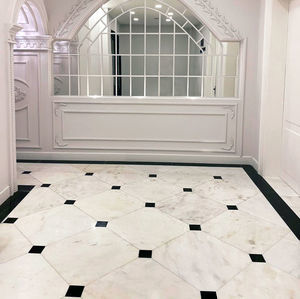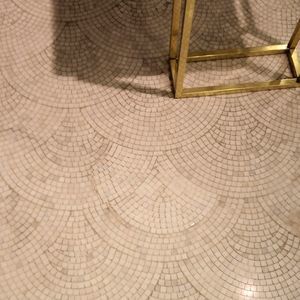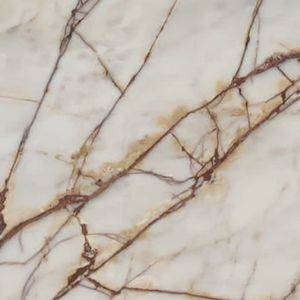
Marble natural stone slab for interiorfor wallfor tile

Add to favorites
Compare this product
Characteristics
- Rock type
- marble
- Applications
- for interior, for wall, for tile, cladding, bathroom, for kitchen, for step, patio
- Finish
- polished, brushed, sandblasted, bush hammered
- Appearance
- marble look
- Color
- white
Description
What Are the Marble Prices and Marble Types?
The hard stones formed due to metamorphism and crystallization of limestone and dolomitic limestones under different temperatures and pressures are called marble.
These natural stones, which took centuries to form, are used as many building materials. As the place where the marbles are extracted is called a marble quarry, the variety and quality of marbles vary according to the structure of each quarry. For this reason, marble prices and marble types vary according to the area where it's extracted, its color, and its degree of hardness.
Under the influence of the intense pressure and temperature formed underground, the limestones undergo metamorphism; thus, marble is formed because of the compression of calcite crystals. Therefore, the actual formation of marble depends on the compression of calcite crystals. Marble, a great gift of nature to human beings, needs centuries to form.
Natural and Flamboyant Marbles
Marble, one of the most used natural stones, can be used on different surfaces and floors. Its wide scale encourages the use of marble in many indoor and outdoor areas, from homes to workplaces, from bathrooms to gardens, in daily life. Marble, a natural stone, must be carefully removed and professionally processed. In this way, it does not lose its natural properties and has high efficiency during use.
Catalogs
No catalogs are available for this product.
See all of Efesus Stone‘s catalogsRelated Searches
- Natural stone slab
- Floor natural stone slab
- Polished natural stone slab
- Wall-mounted stone slab
- Interior natural stone slab
- Marble natural stone slab
- Facade natural stone slab
- Bathroom natural stone slab
- Kitchen natural stone slab
- Sandblasted natural stone slab
- Brushed natural stone slab
- Gray natural stone slab
- White natural stone slab
- Bush hammered natural stone slab
- Beige natural stone slab
- Cladding natural stone slab
- Marble look natural stone slab
- Exterior fitting natural stone slab
- Furniture natural stone slab
- Brown natural stone slab
*Prices are pre-tax. They exclude delivery charges and customs duties and do not include additional charges for installation or activation options. Prices are indicative only and may vary by country, with changes to the cost of raw materials and exchange rates.















